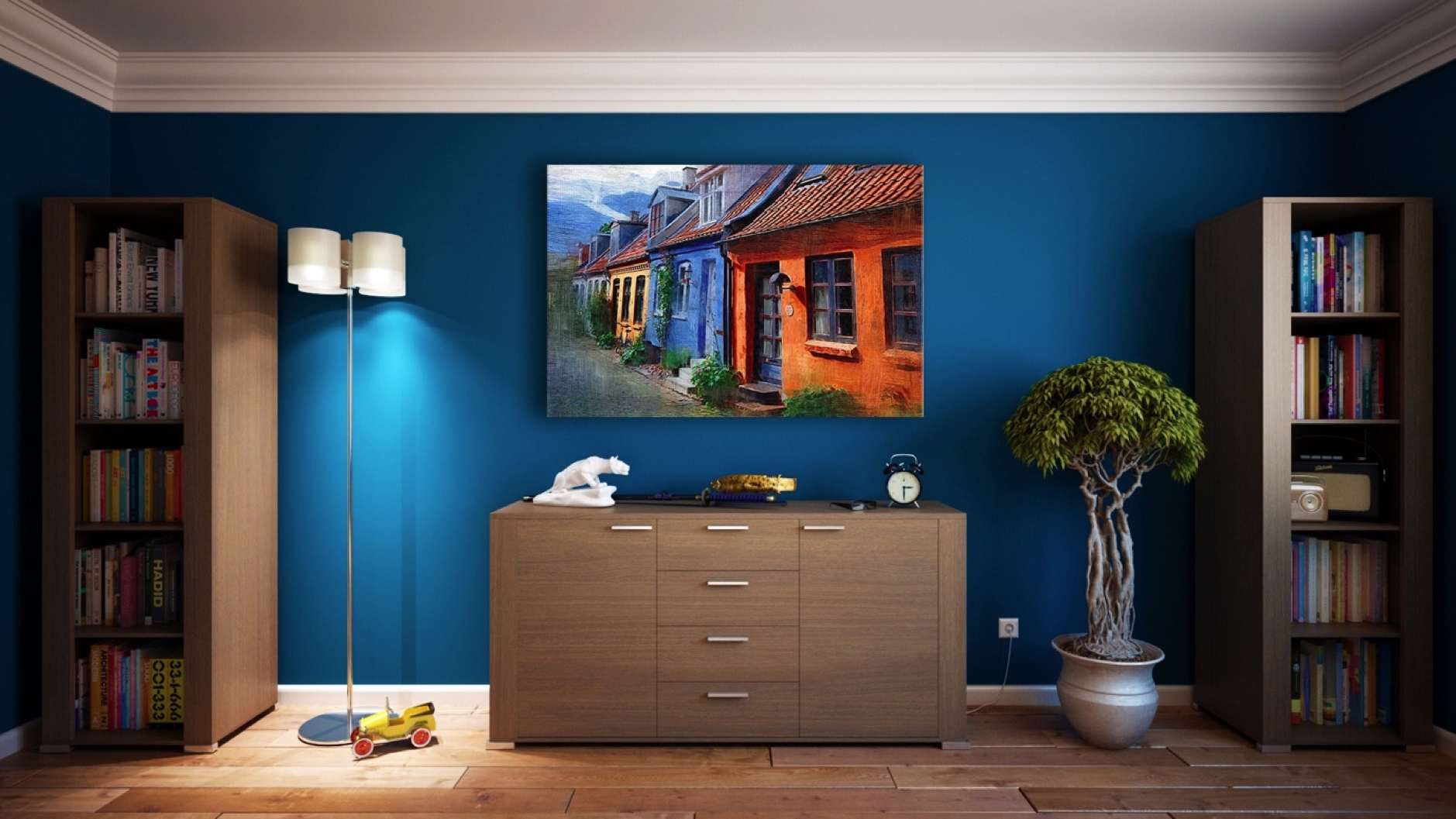What Do They Look for In a Home Inspection?
Posted by Calgary Homes Group on Monday, November 19th, 2018 at 12:37pm
From all those Calgary home listings you started with, you have finally come across a house you can call your ‘home sweet home.’ It looks appealing from outside yet fairly in a good shape from inside. In this case you definitely cannot burn a huge hole in your pocket without few repairs. To make sure your dream house is in a perfect condition, you need to hire a professional home inspector before you go ahead. The home inspection will protect you and your money by pointing out things that are past their livable age. The inspection is not for the lender, the realtor, or the seller. It is for you – the buyer.

The objective of a home inspection is to examine a detailed overview of the major mechanical and structural design of the home. This includes the foundation, roofing, exterior/interior, basement, electrical appliances, and plumbing, along with a general analysis of security systems of the house.
What does a Home Inspection Cover?
During a home inspection, there are important items that need to be thoroughly evaluated like the overall structure of the house along with the major external and internal systems. The inspection should cover areas such as the following:
- Foundation
The inspector will have a look at the foundation of the house, and if possible, the walls as well (since they are connectors to the foundation). The inspector ensures there are no cracks or water seepage that could add a threat to the maintenance costs. - Roofing
The roof is examined to make sure it is in a good state of reparation. This is done to ensure that there are no major cracks or damages with the roof, since it is obviously dangerous and may lead to unexpected mishaps. Moreover, the condition of the shingles or tiles, chimney area, and the overall built of the roof is also graded.
- Exterior
The home inspector looks for siding cracks, rot, decay or flaking, dents or bowing in vinyl, blistering or flaking of paint and adequate clearing between siding and earth to avoid damage from moisture. Not just this, broken seals on glass, deteriorating tread steps, decking and settlement cracks also require attention. The garage door, whether manual or automated, is also tested.
- Interior
The inspection report lists the floors, doors, stairways, counter tables, cabinets and the number of windows, along with notes on items that do not function properly. Attention is given to leaning walls that indicate faulty framing, stained ceilings that could point to water problems, adequate insulation behind the walls and insufficient heating vents that could make a room cold and stuffy.
- Basement
Basement odor shows that the area is too moist. Inspectors generally have a close look at the walls and floors for patches or any unwanted residue that accumulates in such places. Inspectors even use meters to determine the amount of moisture present in the open cracks or spaces as moisture tends to worsen the strength of building materials and attract insects.
- Electrical System/ Appliances
The electrical switchboard and circuit breaker configuration should be enough for the needs of the house. Over the years, the systems change depending on the code, especially in older homes. The inspection looks out for receptacles with good configuration like ground fault circuit interrupters (GFCI) in bathrooms and kitchens. The inspection should make sure the visible wires and electric panels are in good shape and light switches work correctly.
The home inspection should include a check on all appliances that remain within the house such as smoke detectors, carbon monoxide detectors, air conditioning fixtures, and security systems.
- Plumbing
The plumbing system inside and outside the house should be inspected thoroughly. This includes sinks, toilets, bathrooms and outdoor faucets. Every tube should be assessed systematically and room by room to make sure all those items work. Any leakage around plumbing pipes and fixtures should be repaired to avoid unnecessary leaks or wreckage.
- Heating/ Cooling System
The inspection involves fixtures of the HVAC system (Heating, Ventilation and Cooling). The inspector looks for proper function of any system that is currently installed – central air conditioning, furnace, switchboard, etc. He will turn on the air conditioner or heater to ensure it is working and in safe state. They let the system run while they are assessing the rest of the house. This permits them to test the thermostatic regulators as well.
- Insulation
The attic crawl space insulation and vapor retarders are noted on the inspection report. All venting fans that are not functioning are also included. Under-floor filling, if accessible through the basement, is also examined to avoid deterioration.
Deal or No Deal?
The overall cost of home inspection varies on factors depending on the age, size, and location of the home. It is important to choose your home inspector carefully by doing your homework well and taking a close look at their qualifications and credentials. Choosing the right home inspector saves you from spending an arm and leg.
Carefully study the market you are in and consider how much you want the house. If it’s something you can live with and adjust, be flexible.
A home inspection particularly follows up on the above-mentioned areas. It takes place after the offer is accepted and gives you a way out of the contract in case you find something that you are not willing to approve. Every buyer should have an inspection done as it does not cost much in the grand scheme of things. It only gives you the comfort of knowing "what lies beneath" and teaches you not to judge a book by its cover.
Want to know more? Get in touch with Calgary Homes to learn more about the local home buying process.

Leave A Comment